
Sushi restaurant Dudu 31, Berlin, Germany – our review
Curious about Dudu 31 restaurant in Berlin? Read our review of this trendy sushi hotspot in a side street of the famous Kurfürstendamm.
Home » The Yanagiba: Every sushi chef’s essential Japanese sashimi knife
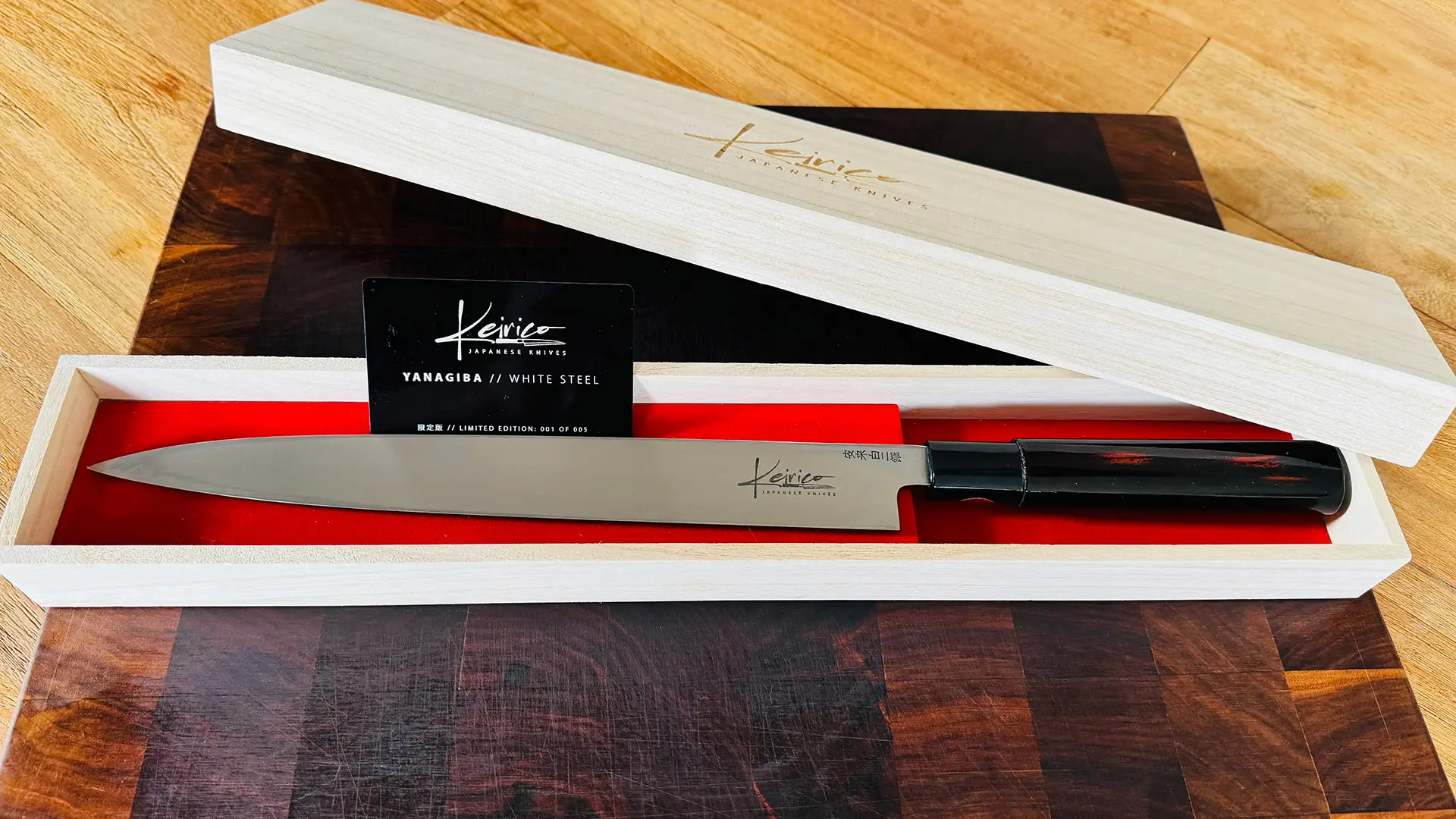
When I started making sushi years ago, I thought I would be fine with my chef’s knife. But that quickly changed when I tried to cut those beautiful, perfect slices of fish like those sushi chefs always do in their restaurants – and my fish ended up in ragged chaos every time. It just really didn’t look like it. Yes, they were slices of fish….but all comparison stopped there, too. What transpired? I just had the wrong tool. I soon discovered that a good Japanese knife really makes all the difference. And the Yanagiba? That one is simply indispensable if you want to make perfect sashimi. This knife feels almost like an extension of your hand and with it you can cut your fish into the most beautiful slices and pieces. In this article I enthusiastically introduce you to the world of this fantastic knife! I could never live without it!
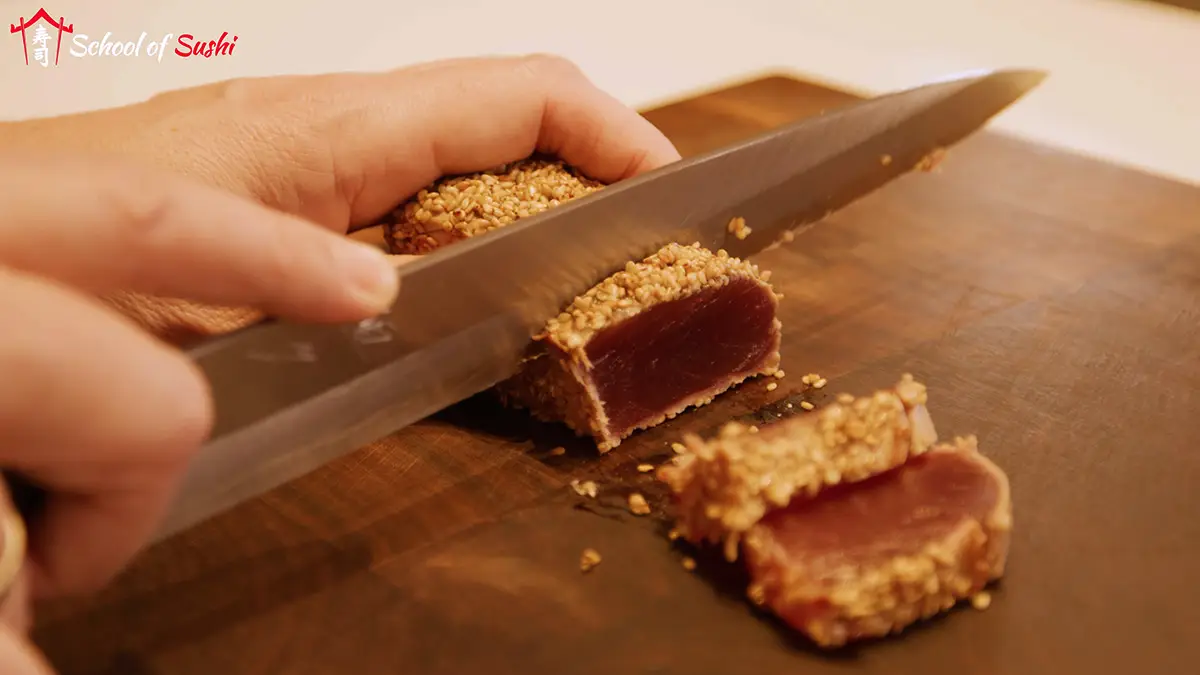
“Which knife do sushi chefs use to cut their sashimi?” I can still hear myself asking Christian Jagersma, owner of Japaneseknives.eu, one of the best known specialists in this field. He started to smile and told me that “that’s a Yanagiba.” He told me that the Yanagiba is a traditional Japanese knife designed specifically for cutting raw fish, especially sushi and sashimi. The name literally means “willow leaf,” referring to the slim, elegant shape of the blade. This unique knife has a single-sided cut (“single bevel”) that ensures extremely sharp cuts and a smooth finish on fish. Because of its unique shape and sharpness, the Yanagiba allows you to cut beautiful, delicate fish slices without damaging the texture.
You can understand that I was sold by Christian’s explanation and went home that afternoon with an insanely beautiful Yanagiba. Upon returning home, I immediately went to work with it. It took some getting used to, because because the blade is sharpened on one side only, it ‘steers’ a bit to the right. But once I mastered the technique I never wanted anything else. What perfection! Great to cut your fish with such a knife.
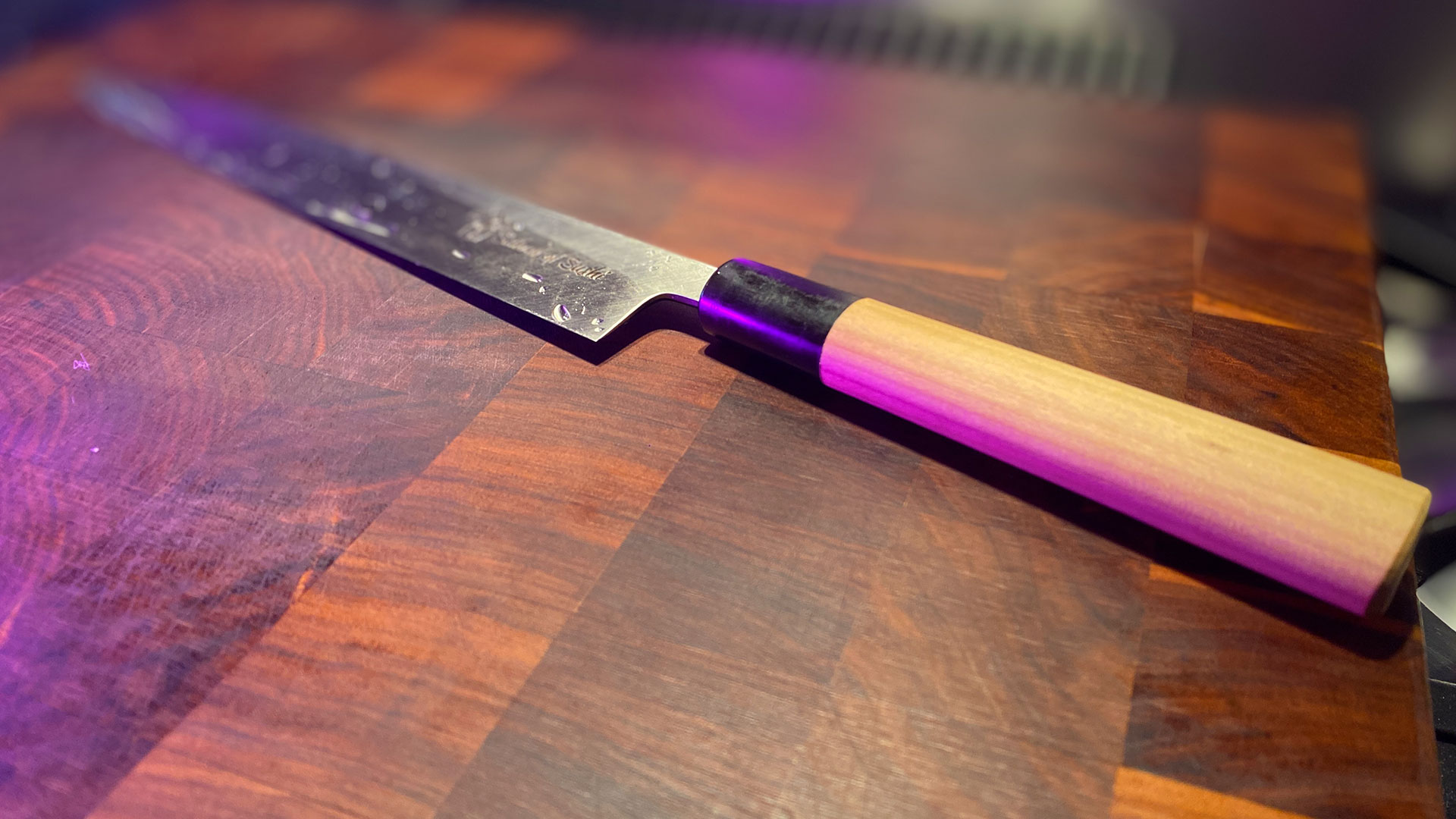
A Yanagiba knife is an indispensable tool in the world of sushi chefs. Put simply, every sushi chef uses a Yanagiba. The knife is primarily used for cutting sashimi-slices of raw fish and for filleting fish with extreme precision. Cutting is done slightly differently than how you normally cut something. You use the Yanagiba the special pull-cut mechanism (where you pull the knife towards you in one smooth motion). This minimizes resistance, allowing your fish to retain its structure. This makes it ideal for fish such as salmon, tuna and various whitefish species such as sea bass.
What I found out very quickly is that the secret to proper use of the Yanagiba lies in that special pull-cut technique. Instead of pushing the blade down, you pull the blade toward you in one smooth motion. This minimizes pressure on the fish and thus prevents ragged cuts. Your fish slices will be so much nicer because of this cutting technique.
Over the years, I’ve gained quite a bit of experience cutting salmon sashimi, for example. Here are some of my tips, take advantage of them:
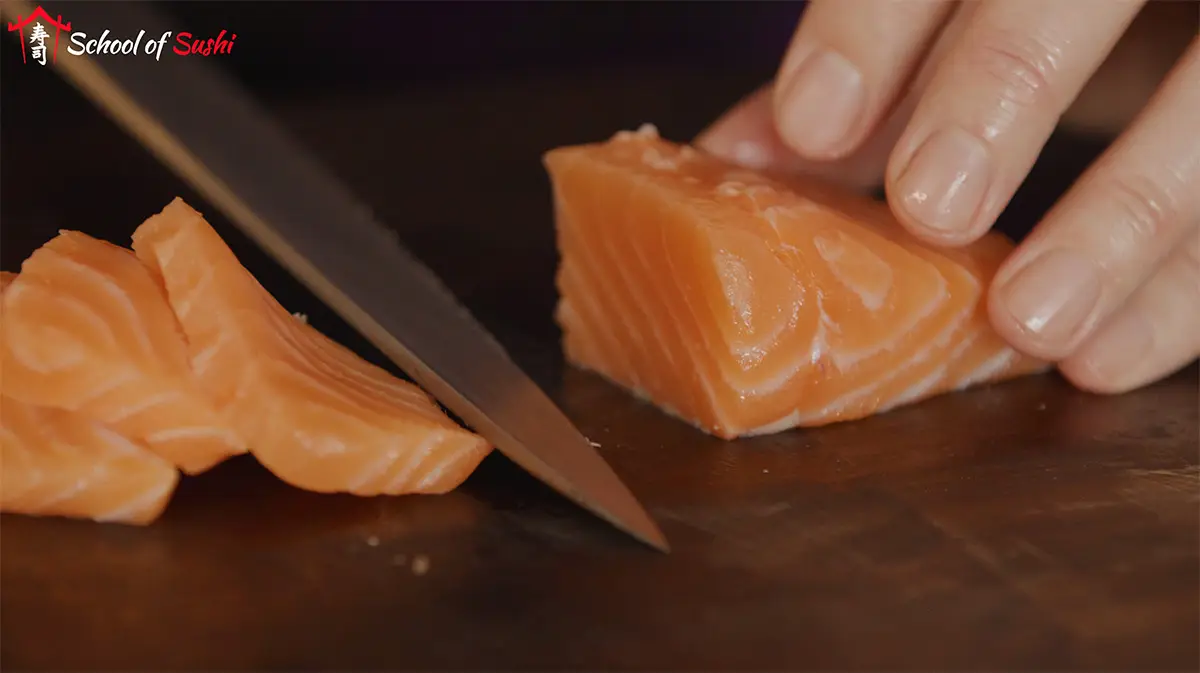
With the Yanagiba, you can use different cutting techniques depending on the desired result and the fish you want to cut. This is something I had to learn. These cutting techniques take quite a lot of practice, and Japanese cuisine wouldn’t be Japanese cuisine if they had their own name for each cutting technique. I’ll go over all three with you briefly:
Obviously, you don’t have to memorize these terms, as I forget them regularly myself. But at least know that there are different cutting techniques for the various types of fish and what kind of slices you eventually want to cut.
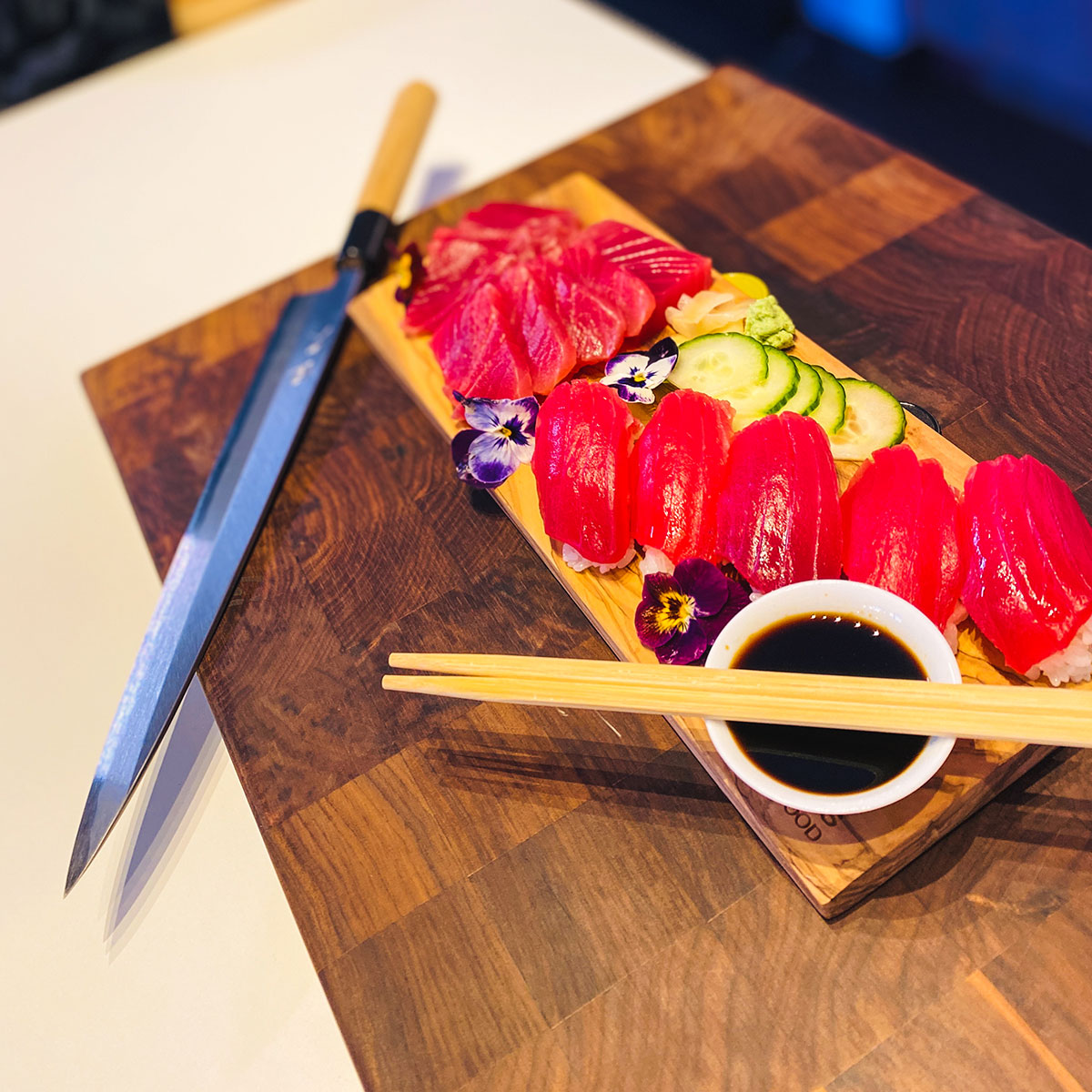
When choosing a Yanagiba knife, there are a few things to look out for:
Yanagiba knives come in different lengths, usually ranging from 21 cm to more than 33 cm. The choice depends on personal preference and the size of the fish you want to cut. Shorter knives offer more control and are useful for small fish, while longer knives are ideal for large cuts and fish such as tuna. Professional sushi chefs often prefer longer knives because they work more efficiently with larger quantities.
Personally, I work best with a 27 cm long Yanagiba (view here). It allows me to cut my sashimi slices in a calm and concentrated way. The 33 cm (or longer) is just a bit too long for me. I lack the experience to control it properly like the Master Sushi Chefs with decades of experience in the kitchen. The 21 cm version (look here) I never use it to cut sashimi slices, I find it too small, although I really like this knife to cut my sushi rolls.
Try it out for yourself. Which one sits most comfortably in your hand? With which knife do you feel confident and feel safe cutting paper-thin slices of fish?
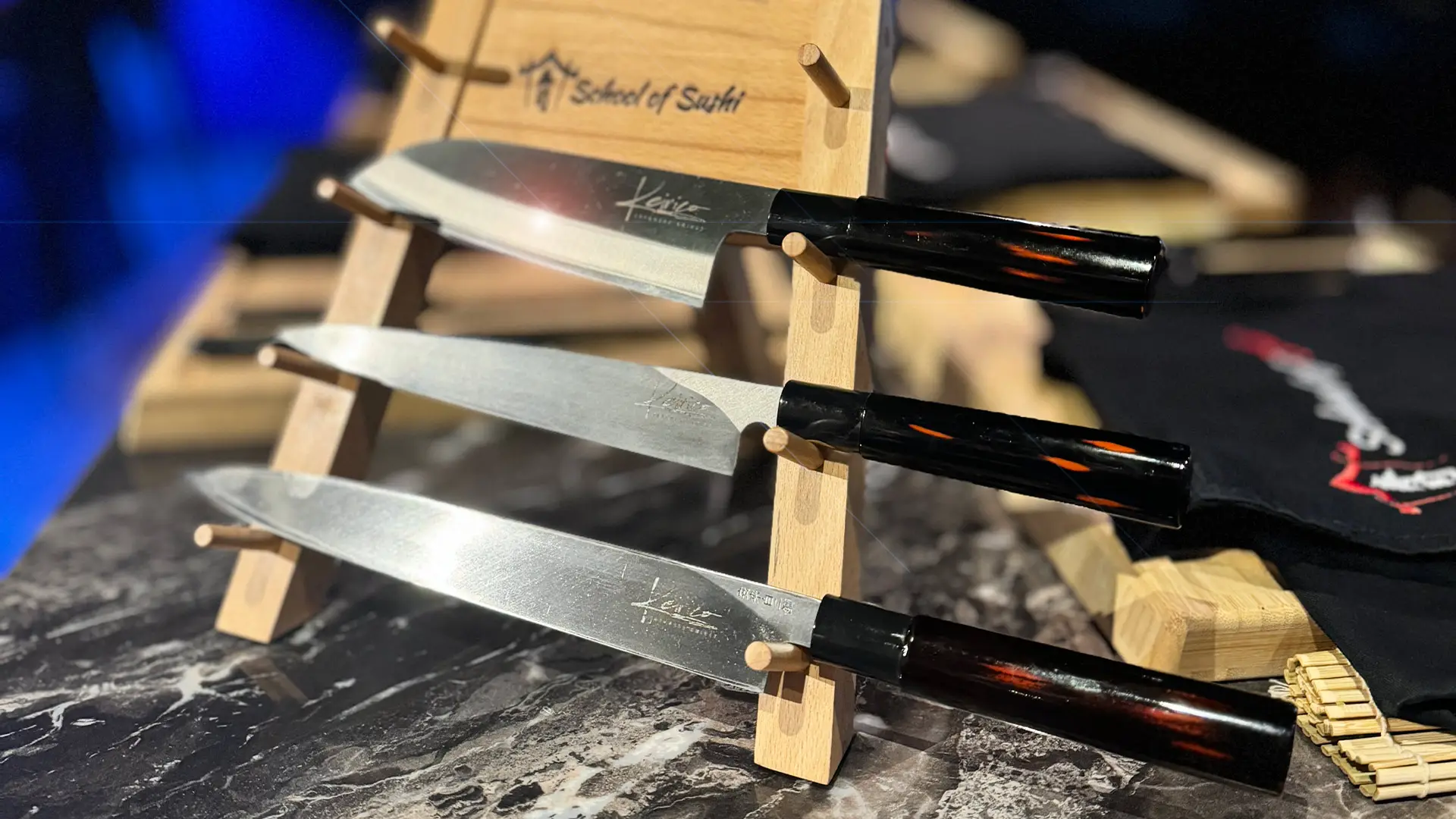
That depends on how serious you are about making sushi or sashimi at home. If you just enjoy making sushi for once, it’s probably not worth the investment. To cut a simple maki sushi roll with nori, sushi rice and a bit of salmon, you can use a good chef’s knife. As long as it’s sharp. However, if you want to indulge your family or friends more often with homemade sushi, and want to try more advanced techniques and/or cut perfect sashimi, then I recommend purchasing a Yanagiba. This mass truly offers indispensable precision like no other knife. This knife helps you cut even, smooth slices without much effort-ideal if you want to impress your guests.
And…with a Yanagiba, cutting your fish is so much finer and easier that you will have even more fun making sushi and sashimi. I already glow when I pull out my knife!
The Yanagiba is more than just a knife; it is an essential tool for any sushi lover/chef looking to take their skills to the next level. Whether you want to cut perfect sashimi or impress your family or friends with your presentation, the Yanagiba offers precision and elegance. With proper technique, maintenance and cutting methods, sushi making at home becomes not only more fun, but also a lot more professional. So what are you waiting for? Grab that knife and start cutting!

Sushi chef and founder of the School of Sushi. Making your own sushi is easier and more fun than you think! Through workshops and online courses, I’ll show you how to roll delicious sushi for your friends & family. Ready to roll?
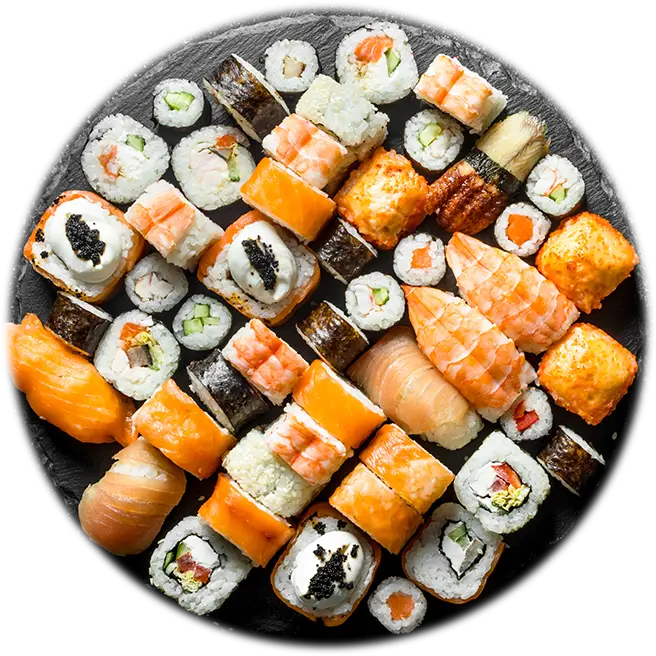
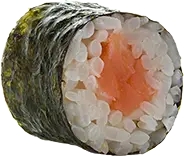

Curious about Dudu 31 restaurant in Berlin? Read our review of this trendy sushi hotspot in a side street of the famous Kurfürstendamm.

The Poké Bowl! A delicious dish originating from the beautiful tropical islands of Hawaii! Yes, Hawaii, not Japan as many people think. In the early

Eating out and having food delivered has become considerably more expensive. Did you know that you can save up to 80% of your costs if you make your own sushi?

Dive into Australia’s sushi scene with Top 10 Most Popular Sushi in Australia. Grab your chopsticks and explore what’s hot Down Under!
A little history lesson on the origins of sushi!

Eating sushi at Tomorrowland, the biggest festival in the world, is it really tasty? I took the test!
Try it out for free
Making your own Sushi at home? It’s not difficult at all.
Download my free guide with delicious sushi recipes now and from now on you can conjure up the most delicious maki, nigiri and gunkan sushi yourself.
From beginner to advanced sushi chef, my recipes are a treat for everyone!
Where do I need to send it?
Phone: +31 (0)6 12 91 44 99
E-mail: rik@schoolofsushi.com
Web: https://schoolofsushi.com
Chamber of Commerce 28109089
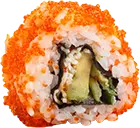



Master the art of sushi-making at home with my fun online course, featuring 50+ step-by-step videos, expert tips, and delicious recipes to impress your loved ones!